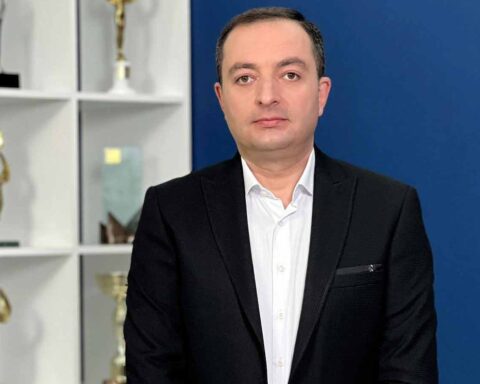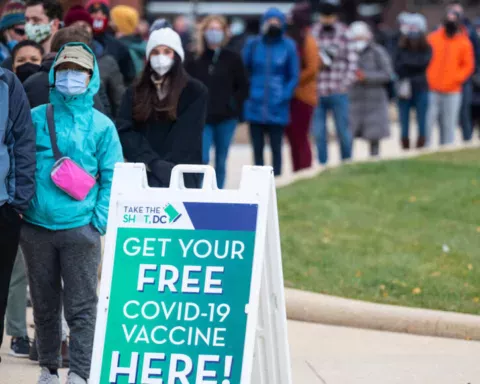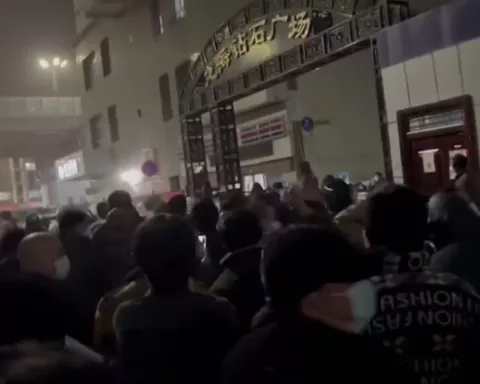Principals from BioNTech and Oxford University – both pioneers in the COVID vaccine rollout –participated in an online dialogue on Friday, held under the special session of the UN General Assembly devoted to the pandemic.
“There is no other option. We have to achieve it. And we can achieve it, and we will achieve it,” said Professor Uğur Şahin, Chief Executive Officer of BioNTech, whose vaccine developed with pharmaceutical giant Pfizer was this week approved for emergency use in the United Kingdom.
A very exciting time
Research and development of COVID-19 vaccines is taking place in record time, according to the World Health Organization (WHO). Currently, more than 150 candidates are at various stages of development, at least 15 of which are in late-stage human clinical trials. Four are effective, according to interim results.
“We are in a very exciting stage now where we are seeing efficacy results coming out, and the first vaccine licenses. And what we need to do is continue with the collaboration because we need more vaccines than the ones we’ve heard about today,” said Professor Sarah Gilbert from Oxford University, partners on a vaccine with pharmaceutical company AstraZeneca.
“And so, it is on us as scientists to continue to collaborate and make available the information that’s going to help the development of the other vaccines, because that’s the way we are going to get the most vaccines for the world.”
Vaccines for the public good
UN Secretary-General António Guterres has repeatedly underlined the need to make COVID-19 vaccines “a global public good”, affordable and available to all, through the COVAX Facility: a global mechanism which aims to deliver two billion doses by the end of 2021.
So far, some 189 countries are engaged in COVAX, which is led by Gavi, the Vaccine Alliance; the Coalition for Epidemic Preparedness Innovations (CEPI), and WHO.
BioNTech wants its vaccine to be distributed as widely as possible, which is why it is working with countries and COVAX, said Dr. Özlem Türeci, Chief Medical Officer.
“What we see is that this can only work as a global effort, and as a relentless collaboration,” she said.
However, fears have been raised over equitable distribution of the vaccines. Speaking during a later dialogue, Seth Berkley, the Chief Executive Officer of GAVI, emphasized how global collaboration is the only way to keep the planet safe.
“If everybody was doing bilateral deals, it would be very hard to make sure the supplies exist for everyone,” he stated.
A great global effort
Meanwhile, funding for vaccines for all remains an obstacle.
COVAX is the vaccine pillar of a global partnership to speed up development of coronavirus tests and medicines, known as the Access to COVID-19 Tools (ACT) Accelerator, which is facing an overall shortfall of $28 billion.
Distributing the vaccines will be a further huge challenge, requiring intense planning and coordination at the global level.
Countries will have to get ready for what could be the world’s largest and fastest-ever procurement, which will include ensuring the low temperature-controlled environments to store and transport vaccines, known as a cold chain, is in place.
The UN Children’s Fund (UNICEF) will coordinate procurement of the vaccines, as well as personal protective equipment (PPE) for lower income countries.
Henrietta Fore, UNICEF Executive Director, recalled that earlier in the pandemic, many poorer nations faced hurdles in buying PPE for their health workers, either due to high costs or low supplies. This will not be the case with vaccines.
“What the COVAX Facility is doing is it is trying to bring that equitability, that fairness to the markets,” she said. “And fortunately, countries have signed up…countries that are in the lowest income areas, and the highest income, so that we can all help each other. Because this crisis will not be over for any of us unless we solve it everywhere.”






